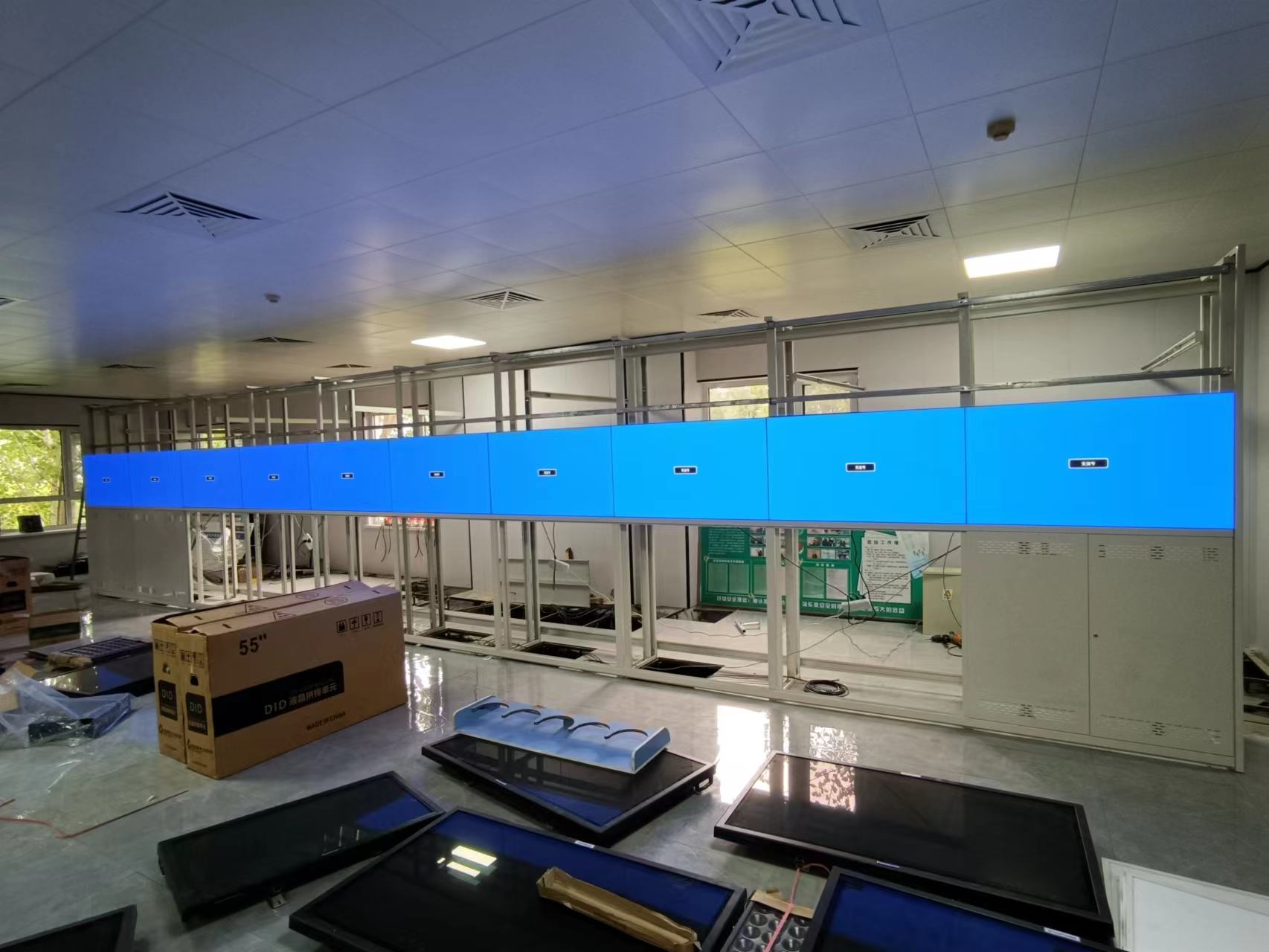What points should you pay attention to when measuring the LCD video wall?
Under normal circumstances, customers should measure the screen when picking up the 49-inch LCD splicing screen after paying for it to ensure that the purchased product is intact and worth the money. What points should you pay attention to when measuring the 49-inch LCD video wall panel? When testing the screen for customers, let them pay attention to the following points:
1. Flatness
The surface flatness of the 49-inch wall LCD display should be within ±1mm to ensure that the displayed image will not be distorted. Partial bulges or recesses will lead to a dead angle in the viewing angle of the display screen.
2. Color reducibility
Color reducibility refers to the reducibility of the color of the 49-inch LCD wall display screen, that is, the color displayed on the display should be highly consistent with the color of the playback source, so as to ensure the authenticity of the image.
3. With or without color blocks
Color block refers to the obvious color difference between adjacent modules. The color transition is based on the module. The color block phenomenon is mainly caused by the poor control system, low gray level and low scanning frequency.
4. Whether there is mosaic, dead point phenomenon
Mosaic refers to the small squares that are always bright or always black on the 49-inch LCD splicing screen, which is the phenomenon of module necrosis. The main reason is that the quality of the connectors used in the display screen is not good enough. Dead point refers to a single point that is always bright or always black on the 49-inch LCD wall screen. The number of dead points is mainly determined by the quality of the die.
5. Brightness and viewing angle
The brightness of the 49-inch narrow bezel LCD video wall must be above 500cd/m to ensure the normal operation of the display screen, otherwise the displayed image will be unclear because the brightness is too low. The size of the brightness is mainly determined by the quality of the LED die. The size of the viewing angle directly determines the audience of the display screen, so the bigger the better. The size of the viewing angle is mainly determined by the packaging method of the die.


